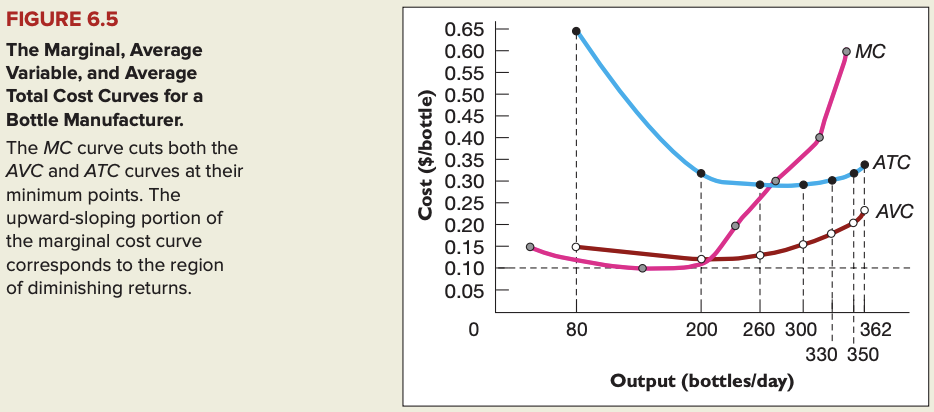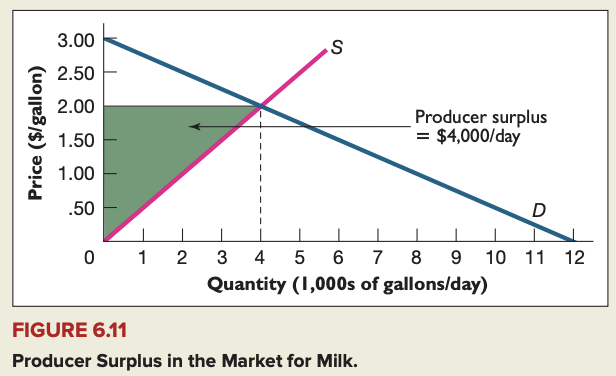Law of diminishing returns: property of the relationship between the amount of a good/service produced and the amount of a variable factor required to produce it; the law says that when some factors of production are fixed, increased production of the good eventually requires ever-larger in creases in the variable factor.
Fixed factor of production: input whose quantity cannot be altered in the short run.
Variable factor of production: input whose quantity can be altered in the short run.
Fixed cost: sum of all payments made to the firm's fixed factors of production.
Variable cost: sum of all payments made to the firm's variable factors of production.
Total cost: sum of all payments made to the firm's fixed and variable factors of production.
Marginal cost: as output changes from one level to another, the change in total cost divided by the corresponding change in output.
 Note
Note Studied by 26 people
Studied by 26 people Note
Note Studied by 8 people
Studied by 8 people Note
Note Studied by 3 people
Studied by 3 people Note
Note Studied by 9 people
Studied by 9 people Note
Note Studied by 13 people
Studied by 13 people Note
Note Studied by 8 people
Studied by 8 people Knowt
Knowt

